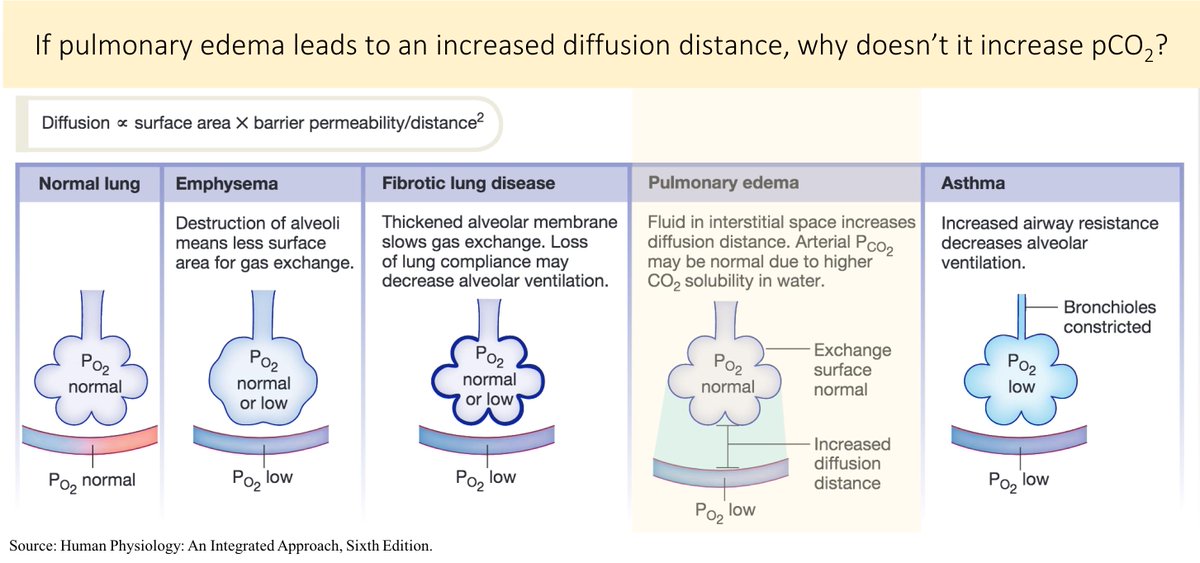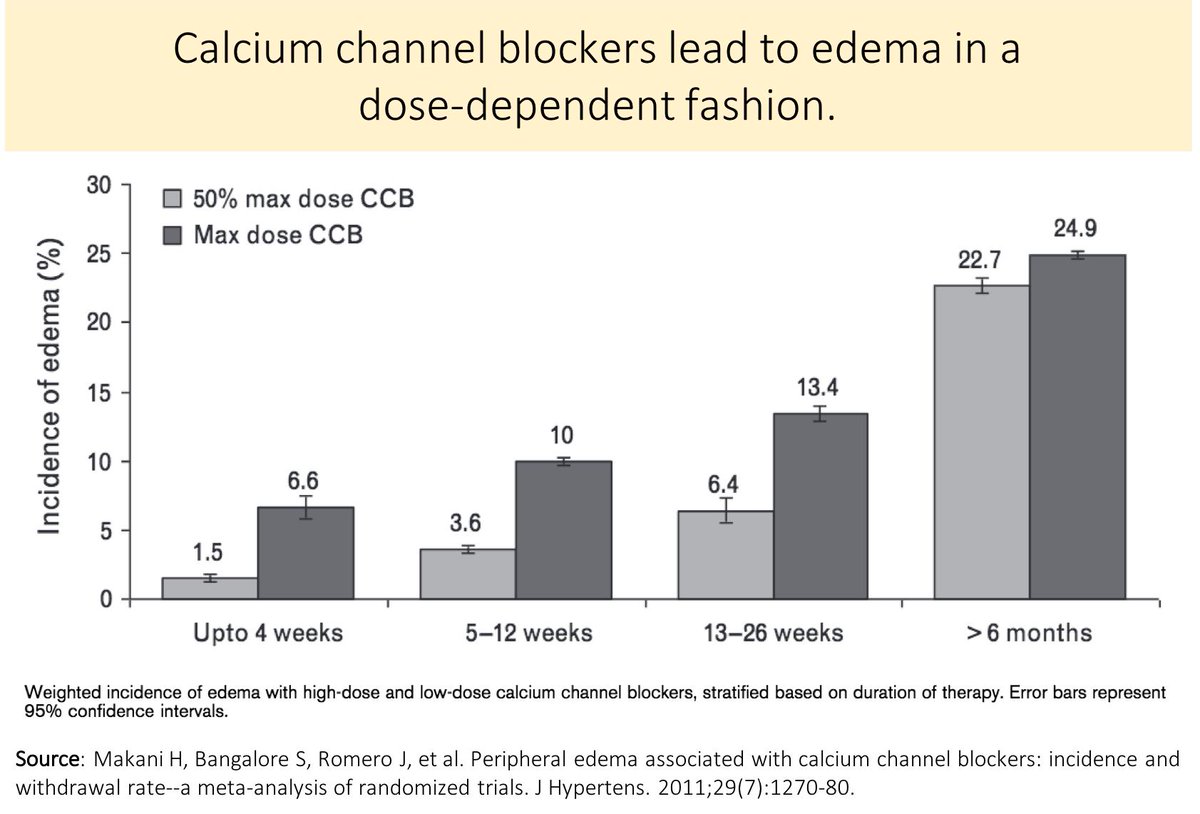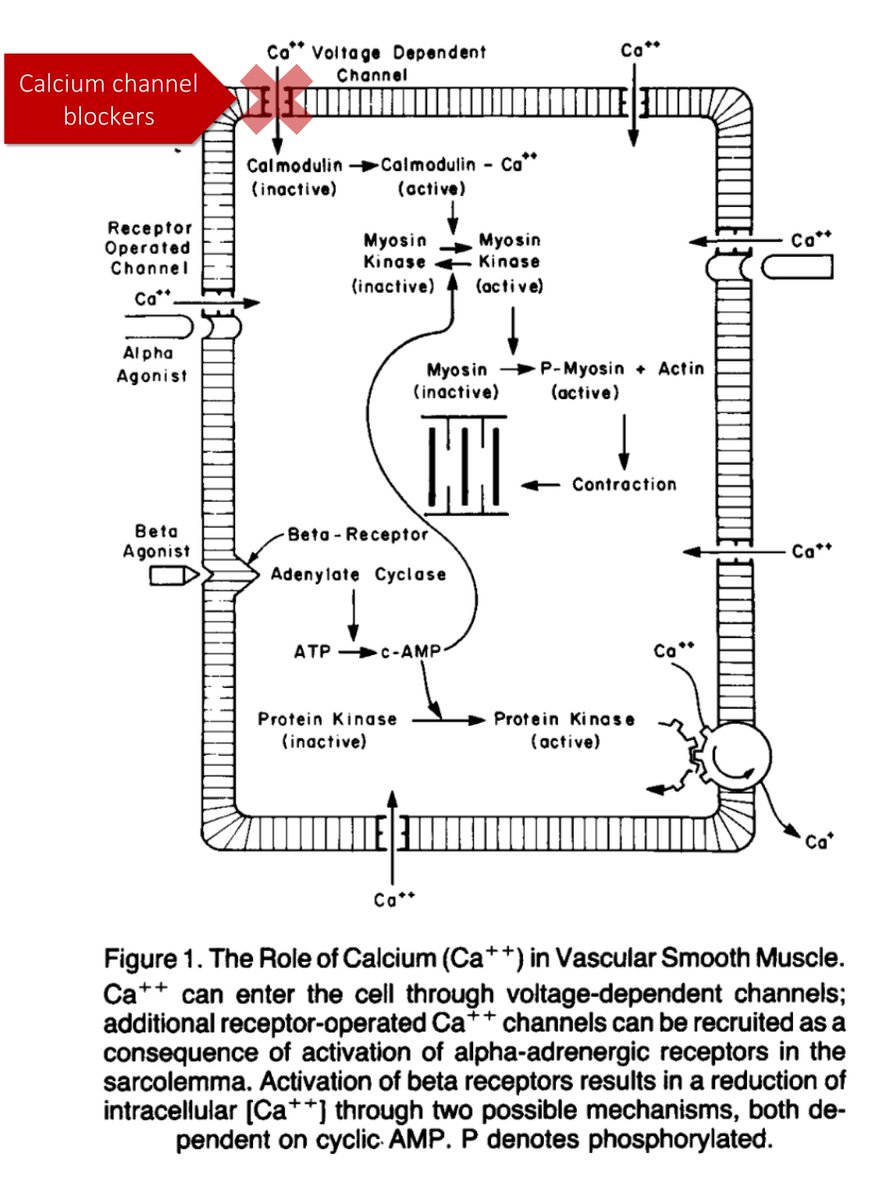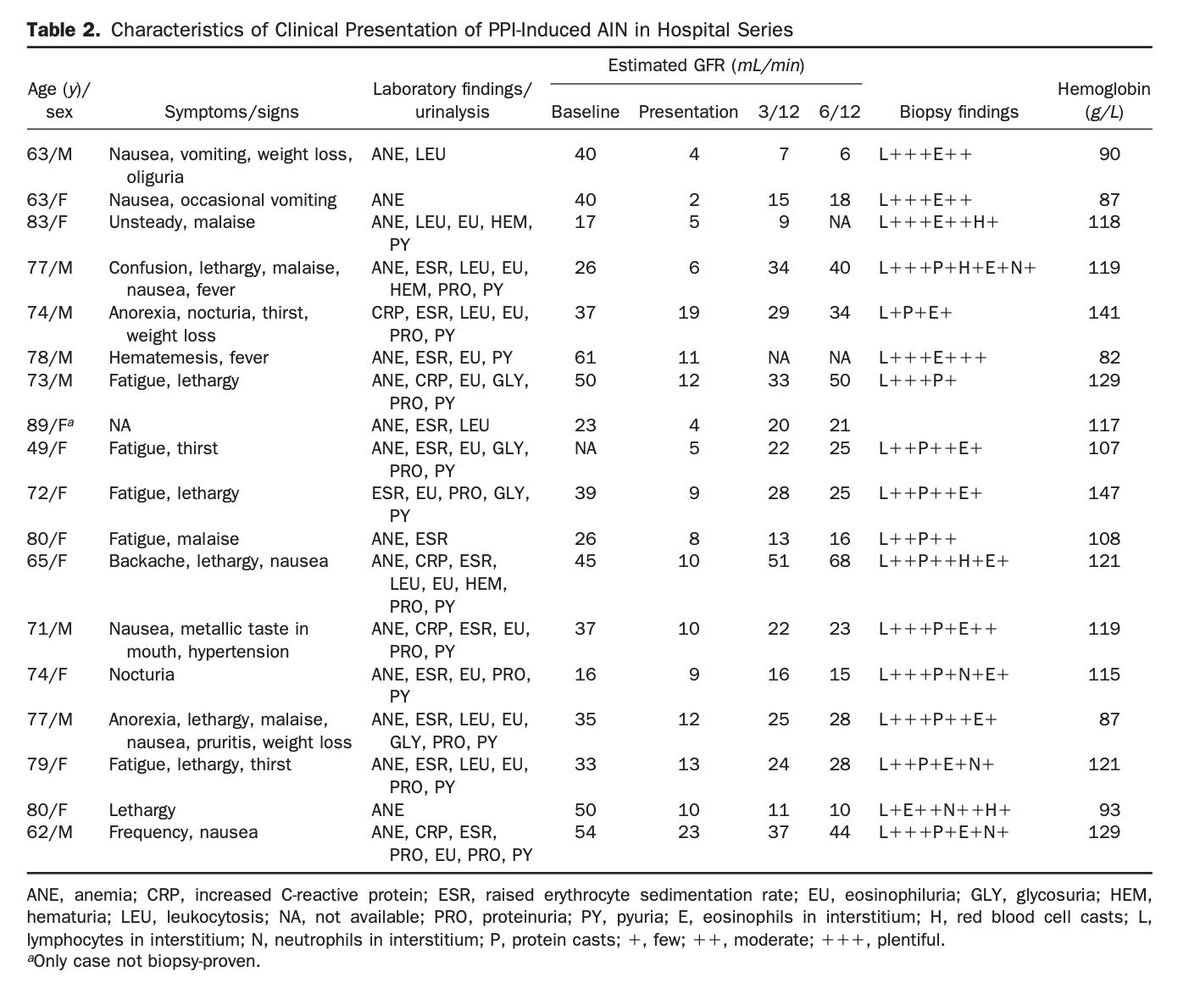How does alcohol cause macrocytosis?
As one of the more common reasons for an elevated mean corpuscular volume (MCV) in hospitalized patients, I've often wondered why. The answer has interesting implications.
Let's have a look at alcohol and the MCV.
To start, a question: which of the following is a major contributor to alcohol-mediated macrocytosis?
The association between alcohol use and macrocytosis has been recognized for decades.
In 1974, Wu et al showed that 89% of patients with alcohol use disorder were macrocytic (MCV >90).
ncbi.nlm.nih.gov/pubmed/4132788
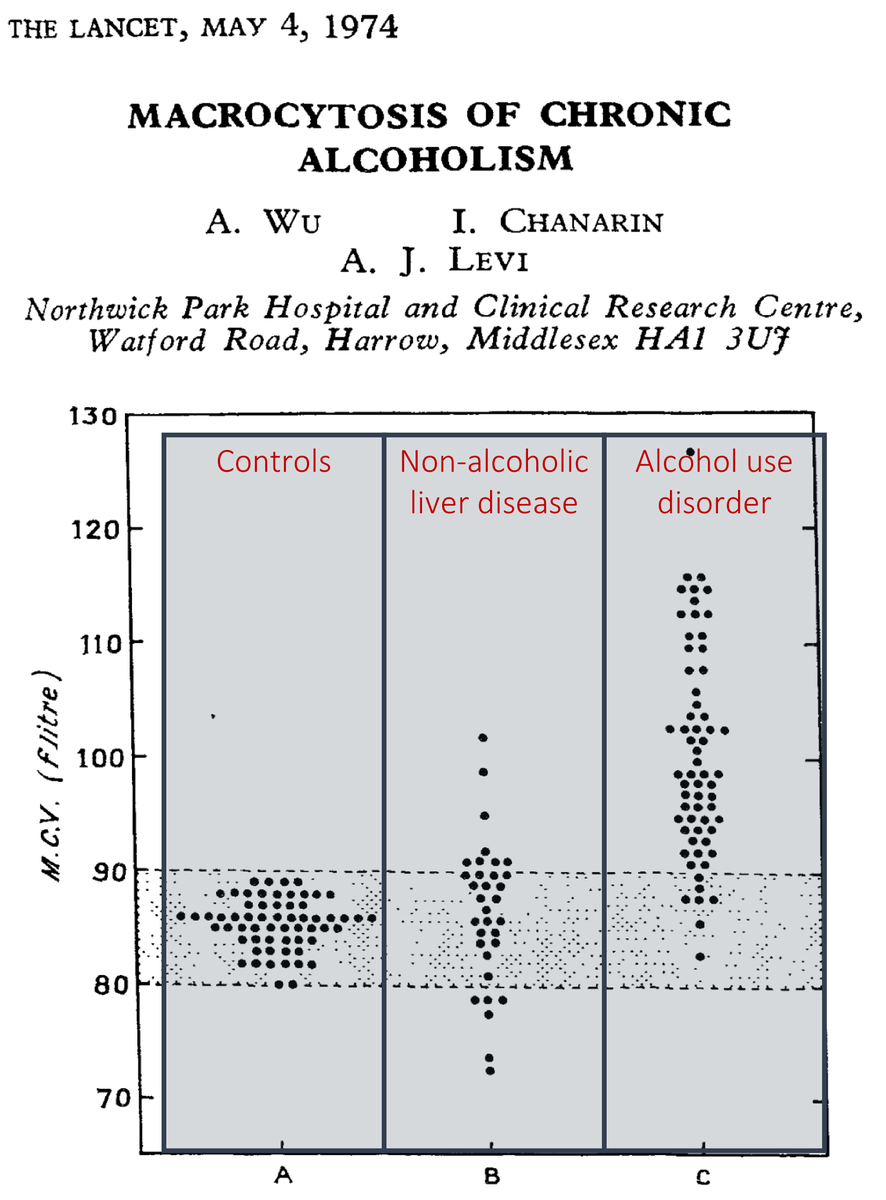
So, although folate (and/or B12 deficiency) may contribute to macrocytosis in some patients with alcohol use disorder, it is not the major contributor.
Instead, it is likely the result of the accumulation of acetaldehyde.
The importance of acetaldehyde was suggested by Wickramasinghe and Malik in 1986. They showed that cells cultured with acetaldehyde became macrocytic.
And, when alcohol alone was given, macrocytosis did NOT occur!
ncbi.nlm.nih.gov/pubmed/3526962
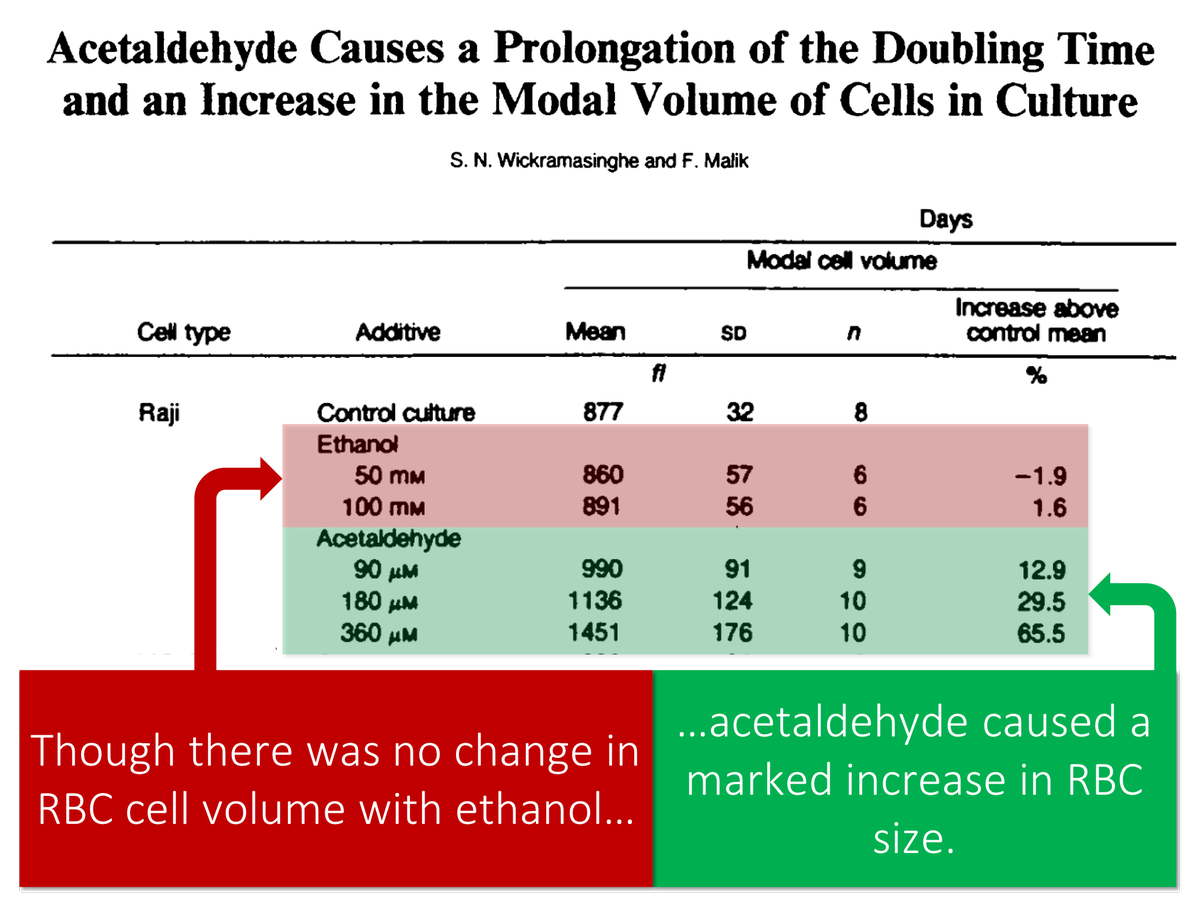
To understand how acetaldehyde might lead to macrocytosis in patients with alcohol use disorder, it is necessary to recall that the first step of alcohol metabolism is its conversion to acetaldehyde.
Lots of alcohol leads to lots of acetaldehyde.
ncbi.nlm.nih.gov/pubmed/23847486
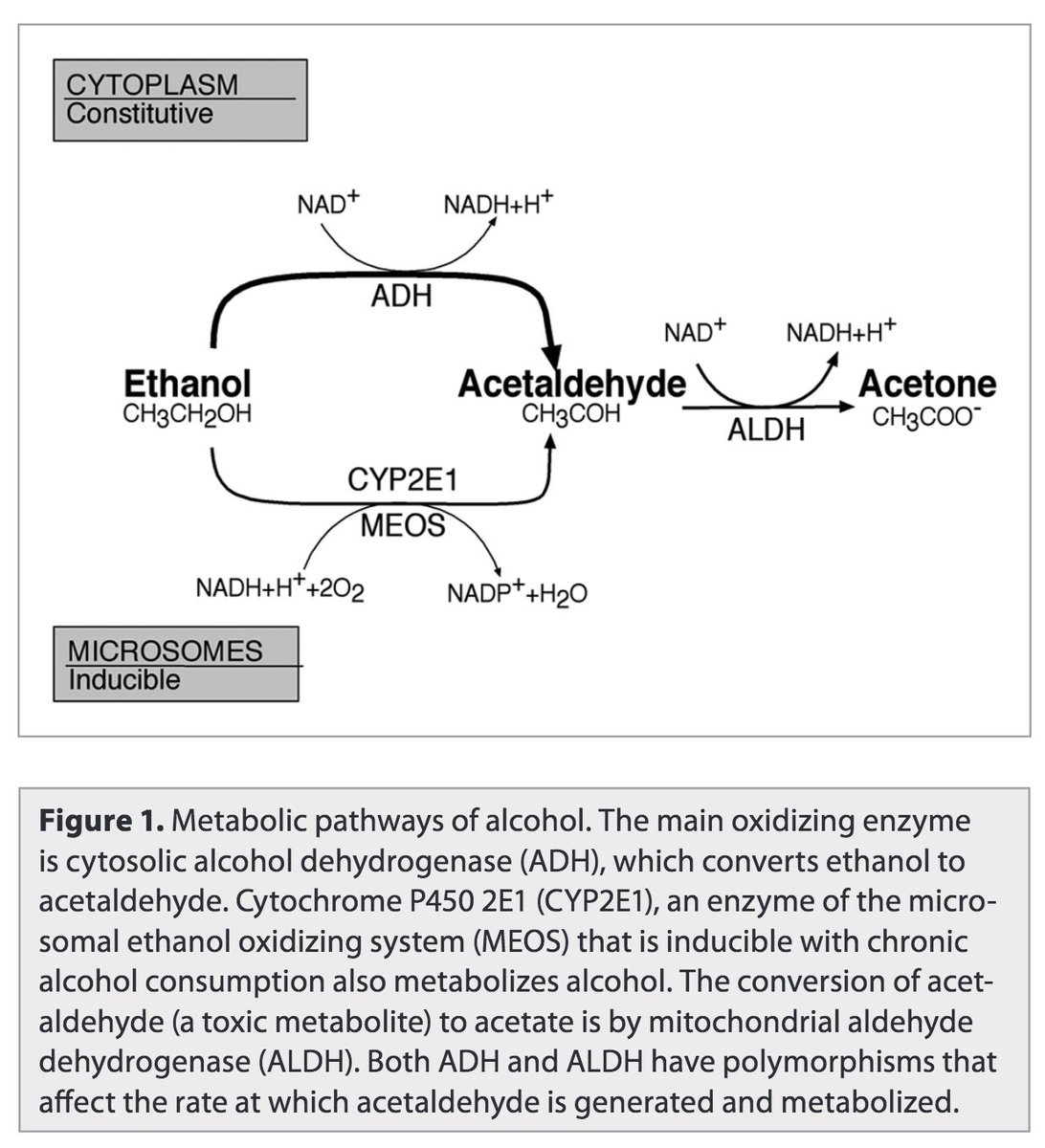
And what does acetaldehyde "do"? Like most aldehydes, it is highly reactive and creates adducts on and within erythrocytes.
An adduct is a complex that forms when a chemical reacts with a cellular macromolecule (e.g., proteins and lipids).
ncbi.nlm.nih.gov/pubmed/15203433
As an example, acetaldehyde forms adducts with hemoglobin. These adducts (HbAA) have been suggested as markers of alcohol ingestion.
Note the parallel with a more famous hemoglobin adduct: HbA1c.
HbA1c is an adduct between hemoglobin and glucose!
ncbi.nlm.nih.gov/pubmed/10656185
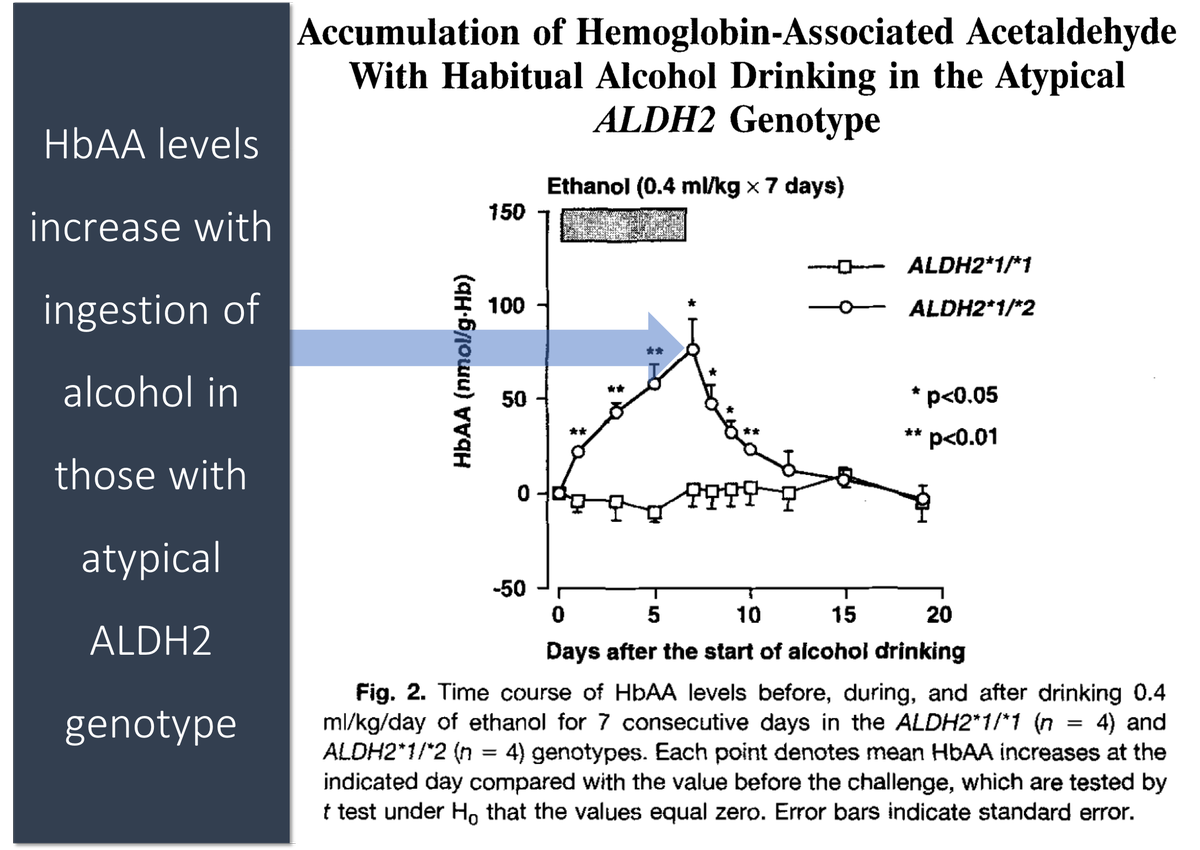
One potential mechanism of macrocytosis is the activation of the Na-K-2Cl channel by an acetaldehyde/protein adduct.
This mechanism has been shown to occur in hepatocytes, leading to cell "swelling". Could the same occur in erythrocytes?
ncbi.nlm.nih.gov/pubmed/9558295
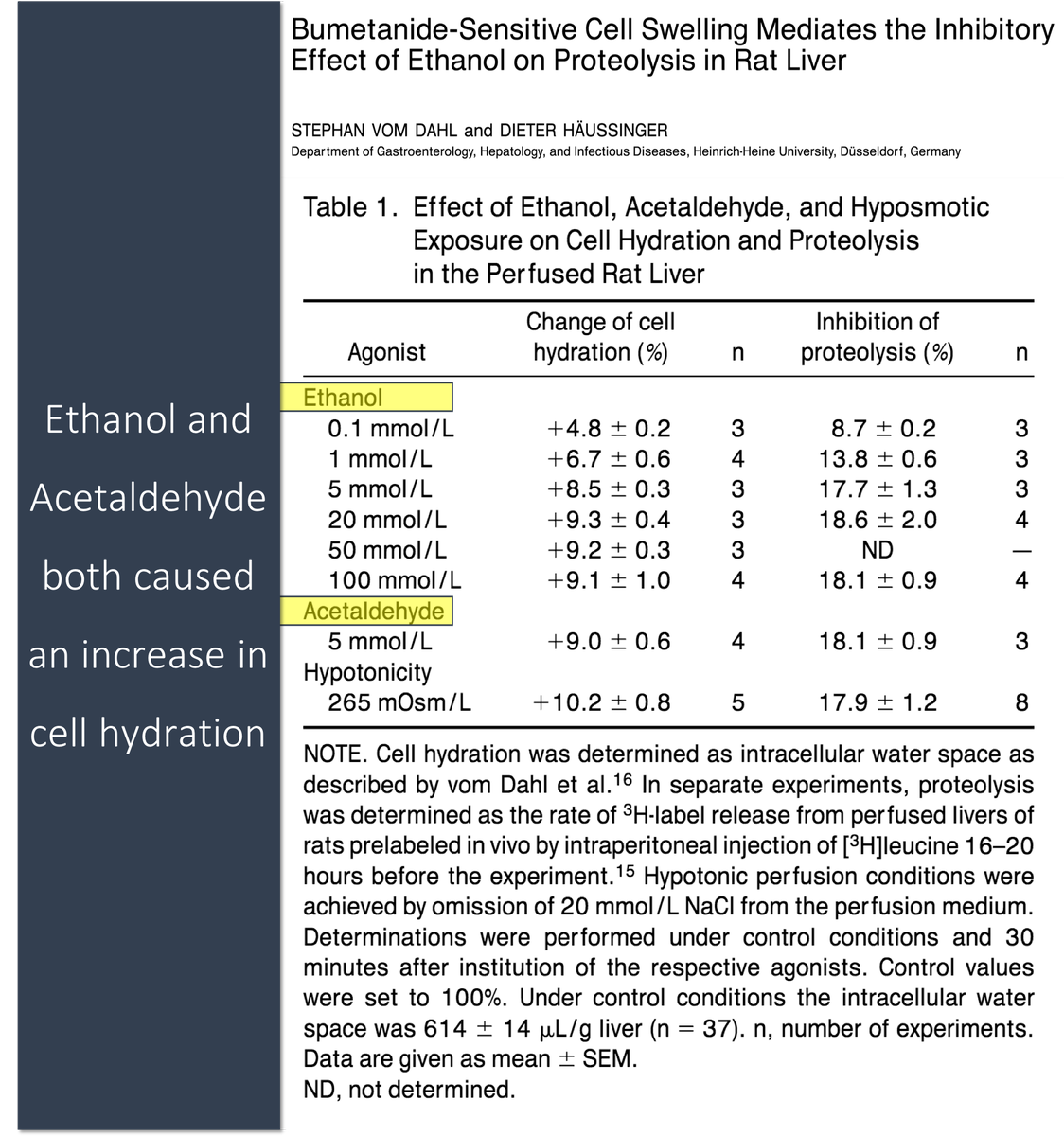
Other mechanisms of macrocytosis may relate to protein accumulation and alterations in the erythrocyte membrane.
While the primary mechanism has not yet been elucidated, it is likely to involve acetaldehyde.
If the formation of acetaldehyde is necessary for alcohol-mediated macrocytosis, which of the following other effects of alcohol might also be associated with macrocytosis?
Acetaldehyde is the cause of alcohol-related flushing.
Individuals susceptible to alcohol-related flushing are more likely to harbor the INACTIVE form of aldehyde dehydrogenase-2 (ALDH2).
Without active ALDH2, acetaldehyde cannot be to metabolized!
ncbi.nlm.nih.gov/pubmed/6117742
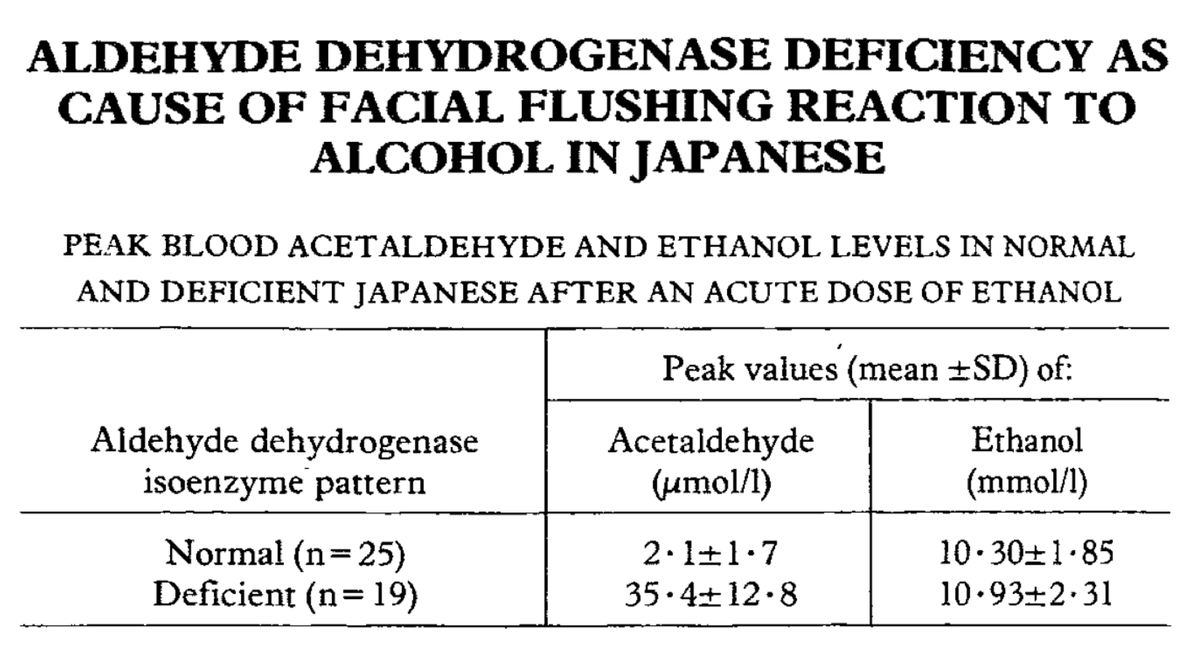
And, inactive ALDH2 is also associated with elevated MCV.
So, inactive ALDH2 ➡️ increased acetaldehyde ➡️ elevated MCV and facial flushing.
ncbi.nlm.nih.gov/pubmed/14506399

Before summarizing, let's ask the original question once more.
Which of the following is a major contributor to alcohol-mediated macrocytosis?
Summary:
✔️The first step in alcohol metabolism is the conversion, by ALDH2, to acetaldehyde
✔️Acetylaldehyde is associated with macrocytosis and facial flushing
✔️Acetylaldehyde adducts may lead to activation of Na-K-2Cl channels, resulting in erythrocyte swelling.
Summary:
✔️The first step in alcohol metabolism is the conversion, by ADH, to acetaldehyde
✔️Acetylaldehyde is associated with macrocytosis and facial flushing
✔️Acetylaldehyde adducts may lead to activation of Na-K-2Cl channels, resulting in erythrocyte swelling.



